Very often, and in many cultures and minds, the calendar year is associated with an animal figure – be it familiar or fantastical. Its character traits sway the stars, which in turn, influence the fate of the three hundred and sixty-five days that make up the calendar year. The more holistic among us will refer to the cycle of the seasons, the eagerness of days, the indolence of nights, whilst the astral souls entrust their destiny to the goodwill of the animal kingdom.
The Officine is one of these dreamers, and draws its inspiration from the Chinese calendar to draw the contours of the year under the emblem of the serpent, its spiritual animal. Fear not, this reptile, hardly celebrated for a gentle reputation, conceals as many faces - and good omens - as it possesses shimmering scales. Honour and revere it, and it shall return the dance.
The Officine explores the serpent, an animal of ambiguous and hypnotic beauty, which crawls from the Heavens to Antiquity, from the Renaissance to our own century... from paintings to our bathroom.
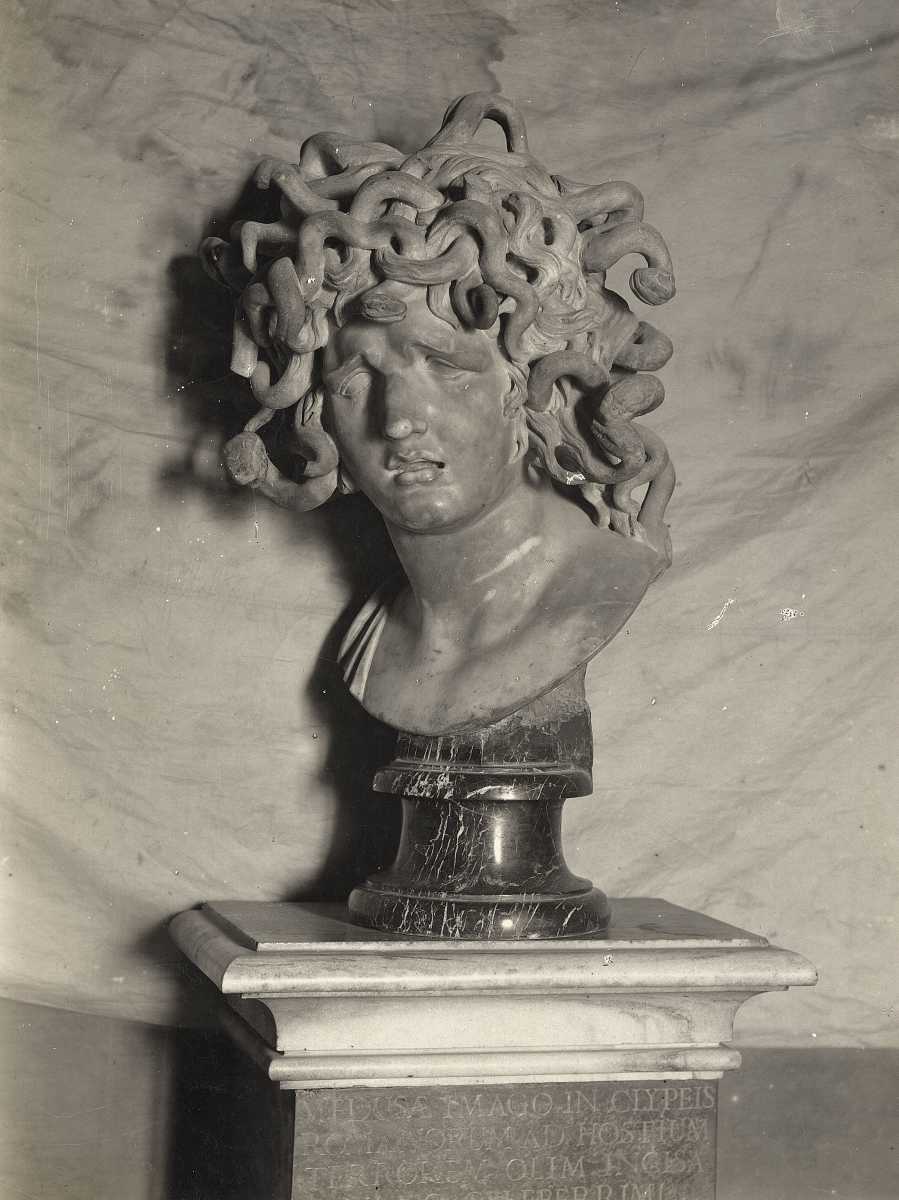
The cunning master of the zodiac animals, the serpent elicits contradictory feelings, sometimes adoration, sometimes fear. It is one of those animals whose gaze carries a mysterious duality of enchantment.
The mischievous reptile slips into every legend and myth, shifting with agility between good and evil, wisdom and temptation, heaven and hell, the sublime and the monstrous. No other animal on earth embodies so many contradictions and allegories in its aura. An eternal mutant, the serpent sheds its skin and nacreous pearls to display a few new traits.
Bust of Medusa, Bernini, 1644-48, Capitolini Museums (Rome)
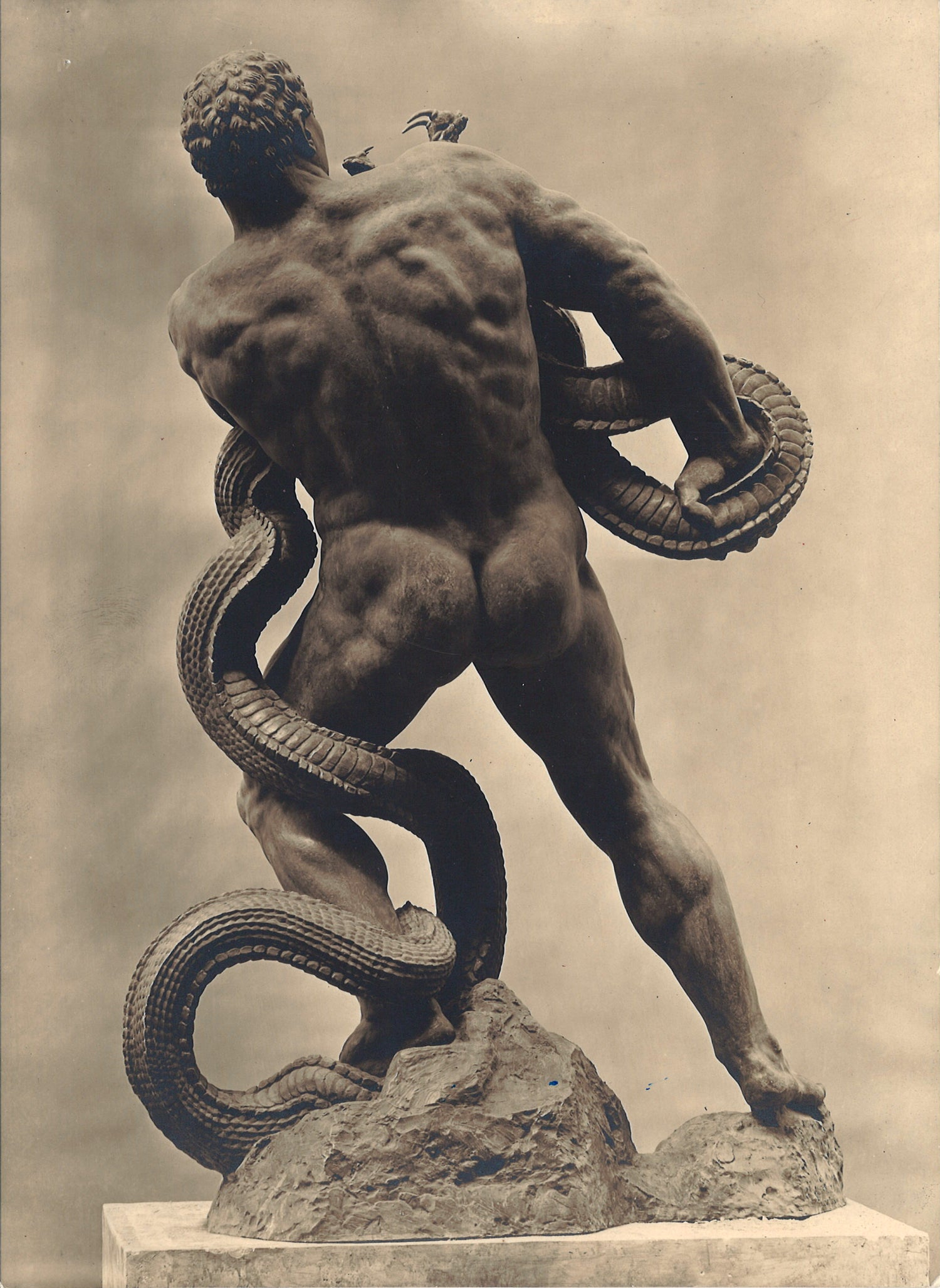
In mythology, snakes are symbols of righteousness, healing and danger - the faithful right-hand men of great deities. From the staff of Asclepius, the original god of medicine, to the illustrious caduceus of Hermes, this audacious reptile is the healer of all ills. Yet, it is in the guise of a half-woman, half-serpent creature called Echidna that it appears inits most triumphant. Through its terror, it affects the entire family tree, and Echidna gives birth only to terrible monsters. Celebrated in myths, these include Cerberus, the Sphinx of Thebes, the Chimera and even Ladon, an imaginary reptile endowed with a hundred heads, each speaking a different language.
Hercule au serpent (Hercules with the Snake), Gabriel Forestier, 1934
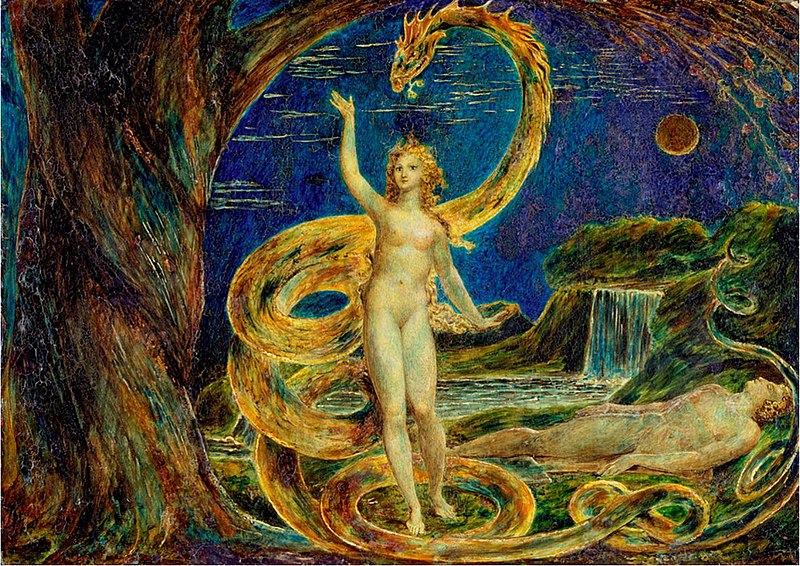
The serpent continues to weave through opposing forces, shifting at will from wisdom to temptation. It is indeed endowed with an honourable intelligence, a keen sense of discernment and an Olympian calm. Valiant attributes –distinctly human - which can, however, be transformed into mischievous deceit. As a great sage, the serpent morphs into a subtle charmer. This is reminiscent of young Eve, forbidden from apples, who nonetheless devoured the forbidden fruit under the spell of reptilian cunning... A hypnotic dance in which Mowgli also surrendersbefore the infinite gaze of the famous Kaa.
Eve Tempted by the Serpent, William Blake, 1799-1800
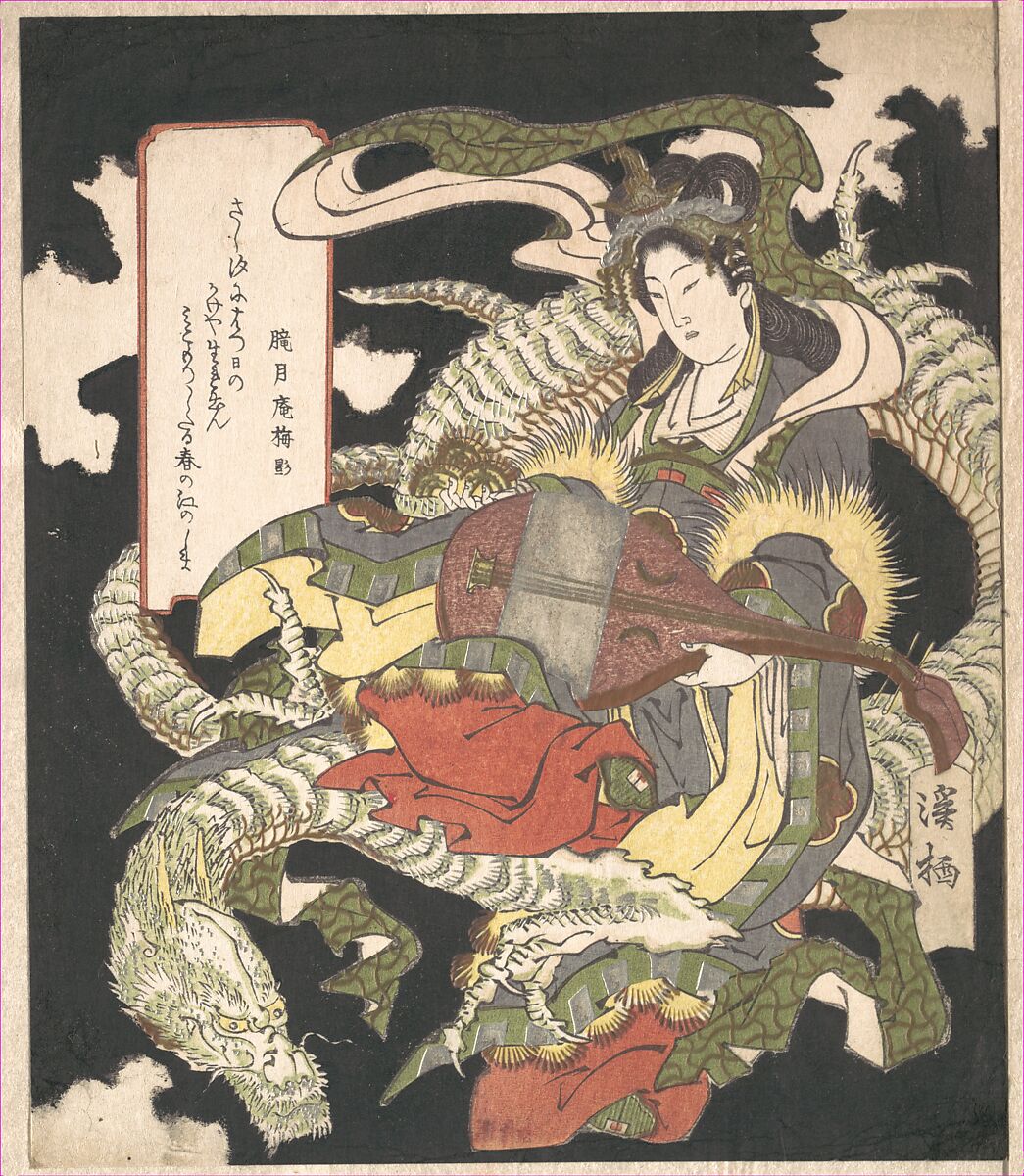
After thousands of years of rebirth in countless forms, the snake dons new immaculate white scales and becomes a harbinger of good fortune. It is on the arm of the lovely Benzaiten - goddess of music, literature and wealth in Japanese Buddhist tradition - that the alabaster reptile, bewitched by the melodious notes of a biwa, invokes abundance and monetary prosperity...
Soleil d’hiver, Charles Walch, 1947
William Shakespeare, Macbeth, about 1605
The charm of the snake takes hold at first sight. Its legendary panache, the splendour of its scales, its long silhouette that coils and uncoils are all attributes that compel admiration. Inspired as much by the richness of its epic, by its devotion for hygiene as by its striking beauty, the Officine borrows the serpent’s most elegant profile to adorn its collection of oral care products. Tubes and vials are graced with an enchanting reptilian figure, working in unison towards a shared mission: to freshen breath, whether it be that of a grass snake or a city viper.
The Dental Opiat, a toothpaste with a refined mint, apple and orange aroma, is competing for the awards of excellence in the quest for the most radiant smile and the most invigorated breath. A might Opiat indeed, perfect to vanquish the Lernaean Hydra and its nine, wicked and malodorous heads.
The Eau de la Belle Haleine, a mouthwash with a gentle mint tea flavour perfects the tooth brushing ritual and prolongs the feeling of cleanliness.
Dental Eden lies just a stone’s throw away from the sink, draped in the colours of the famous Buly serpent, which wisely watches over the good living of all beguiling smiles.
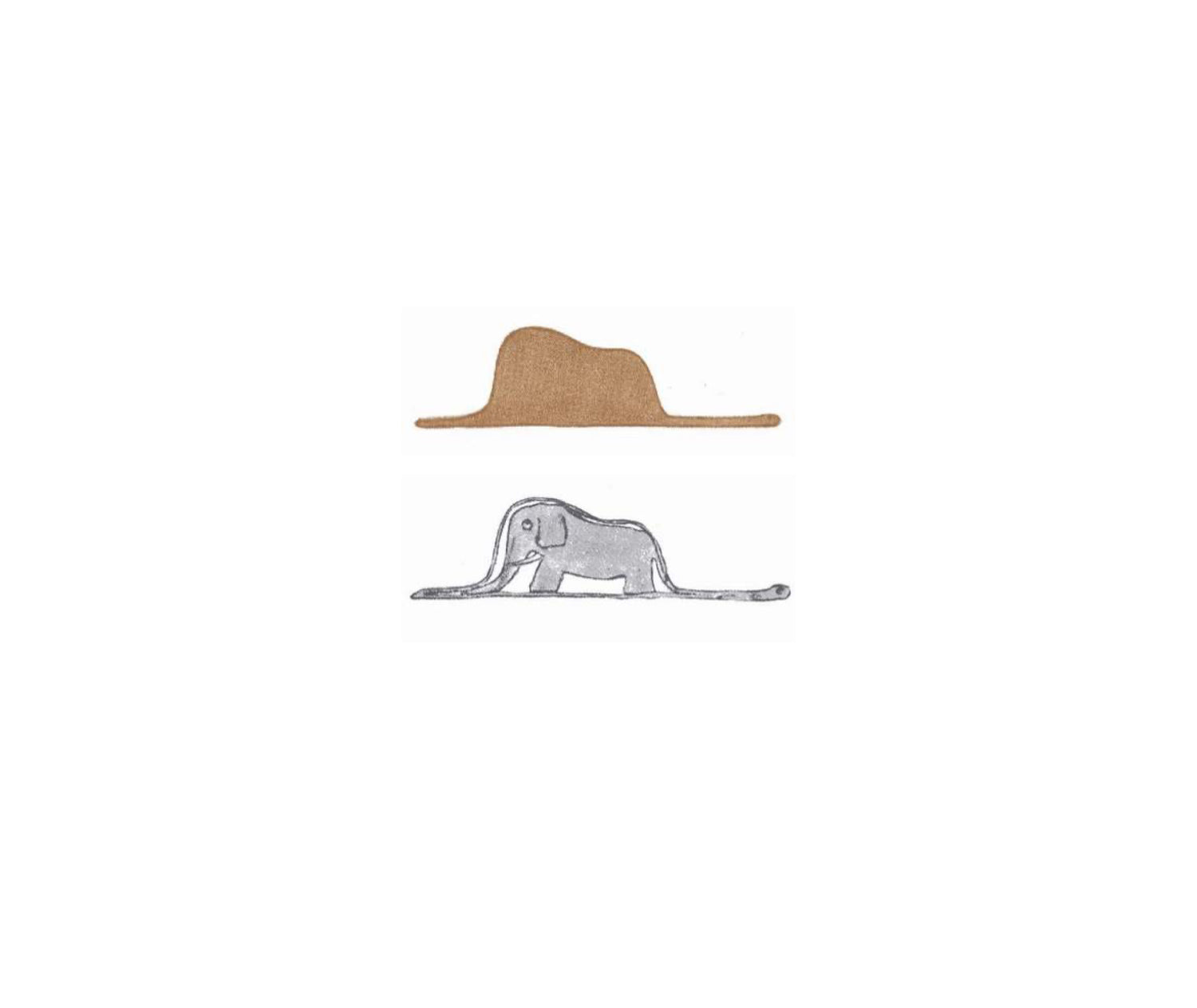
“Afterwards I couldn’t stop thinking about the adventures in the jungle, and in my turn, I too managed to draw my first picture, with a coloured pencil. My drawing Number 1. It looked like this: (1)
I shoed my masterpiece to the grown-ups, and asked them if my drawing frightened them. They answered, “Why would we be frightened by a hat?” My drawing was not a picture of a hat. It was a picture of a boa constrictor digesting an elephant. So I drew the inside of the boa constrictor, to make everything clear to the grown-ups. They always need to have things explained to them. My drawing Number 2 came out like this: (2)
The grown-ups’ advice was to give up my drawings of boa constrictors, seen from the inside and the outside, and concentrate on history, geography, arithmetic and grammar instead. This was how, at the age of six, I came to abandon a magnificent career as a painter. I was discouraged by the lack of success of drawing Number 1 and drawing Number 2. Gown-ups can never understand anything on their own, and it’s exhausting for children always to have to be explaining things to them…”
The Little Prince, Antoine de Saint-Exupéry, 1943
Friedrich Nietzsche, The Dawn, 1881
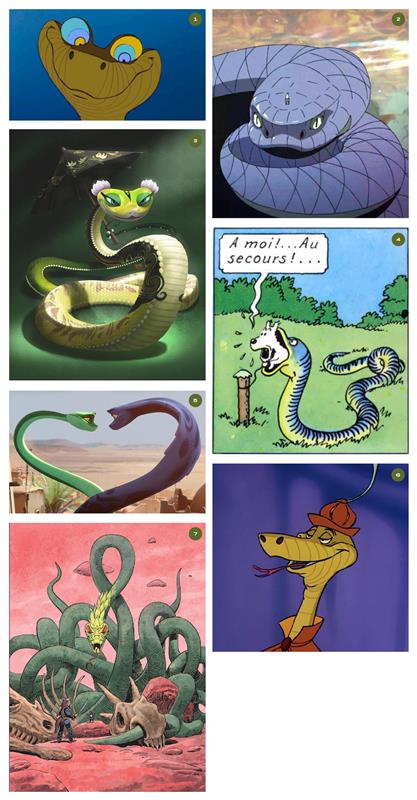
The hypnotic Kaa in The Jungle Book, Disney Studios, 1967
The loyal Aoda in Naruto, Masashi Kishimoto
Master Viper in Kung Fu Panda, DreamWorks Animation studio, 2008
The greedy snake in Tintin in the Congo, Hergé, 1931
Eva and Ajar's reptilian love in Sahara, Pierre Coré, 2017
The evil Nidhogg in The Worlds of Thorgal, published by Le Lombard
Sad Sire, nicknamed Persifleur, in Robin Hood, Disney Studios, 1973
Sign up to receive future newsletters of The Officine
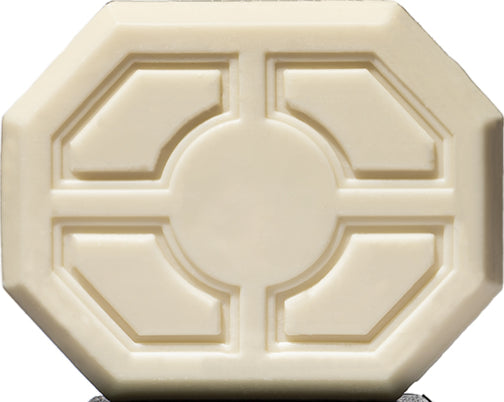
We will send you an email to reset your password
Your cart is currently empty
Upon request, your purchases are wrapped in a printed paper reproducing an old newspaper or slipped into an elegant, green-marbled gift pochette, as an homage to the creation and history of the Officine Universelle Buly.
The Exceptional origata gift wrapWHETHER FLORAL, STRIPED OR CHECKERED, AND ALWAYS HIGHLY CHROMATIC, THESE JAPANESE PAPERS ARE INSPIRED BY THE MOTIFS RESERVED FOR KIMONOS AND ARE FOLDED ACCORDING TO THE HIGHLY CODIFIED ART OF ORIGATA.
Monogram gift wrapThe initials of the fortunate recipient are embossed on the elegantly textured gift paper. Gilded in the old-fashioned style, the initials are then highlighted with a velvet ribbon.
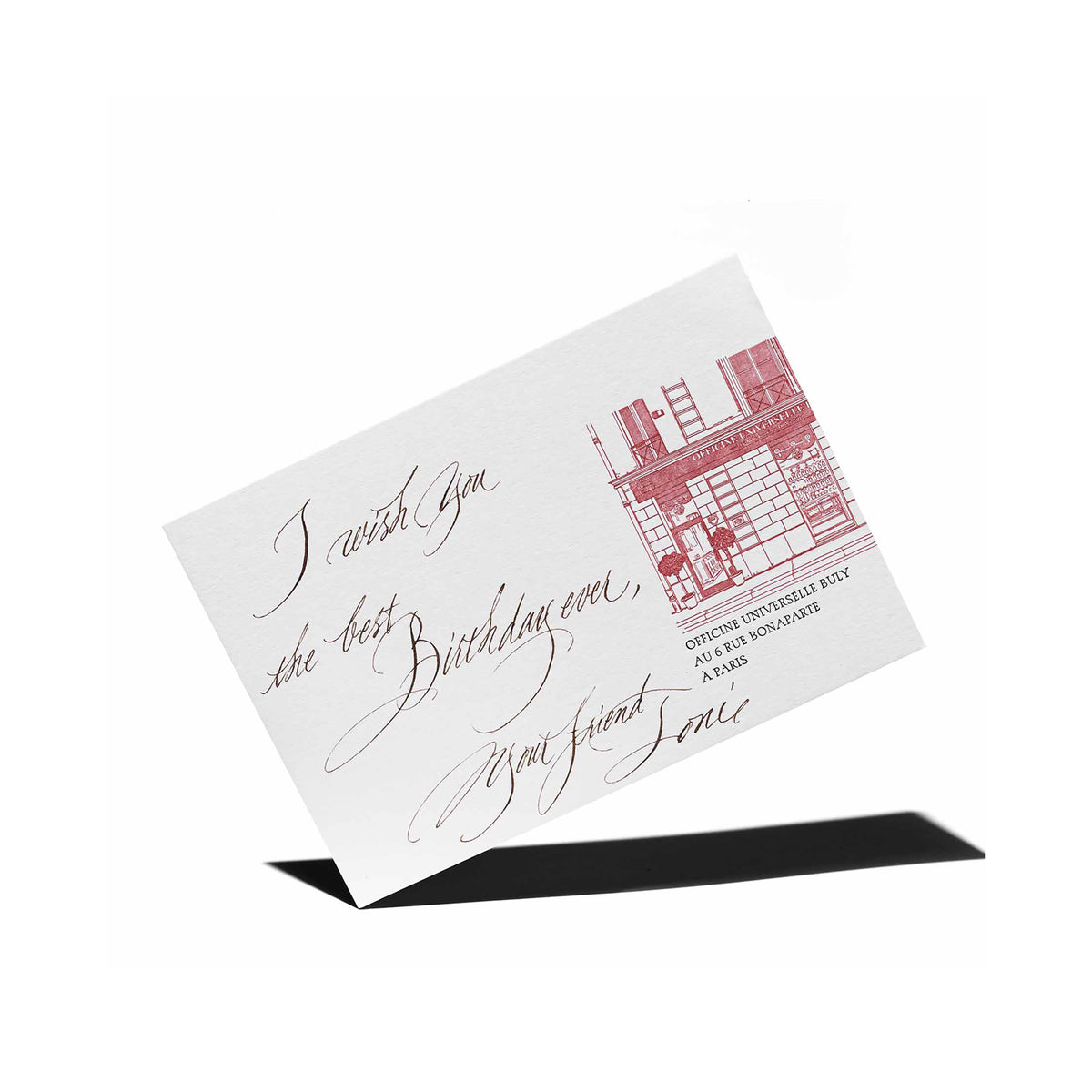
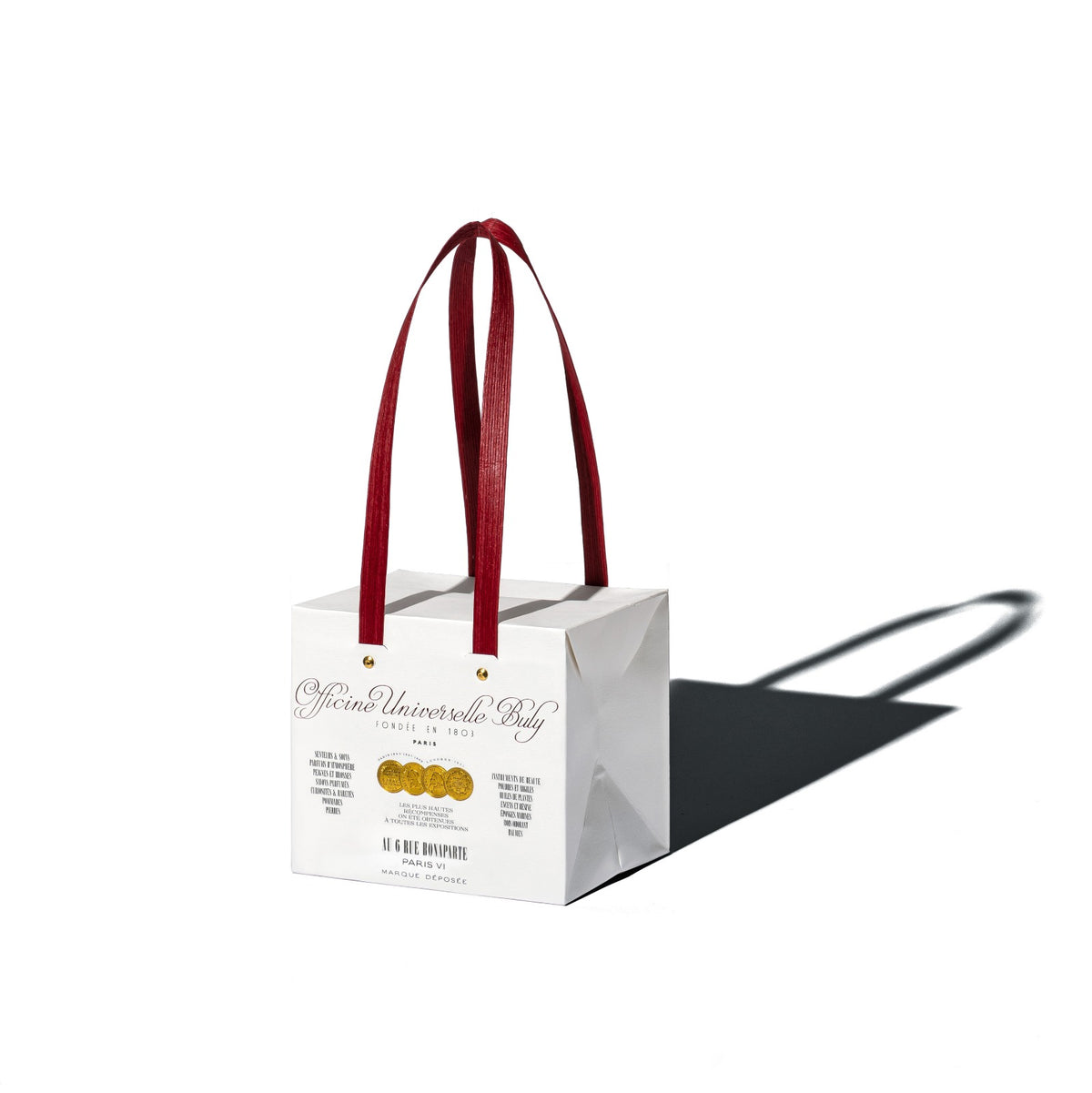
Choose the size of your bag
XS: Miniature case for small comb, soap or baume des muses ∙ 1,67 €
S: Travel companion for perfumed vials ∙ 1,67 €
M: Distinguished bag for scented candles and large books ∙ 1,67 €
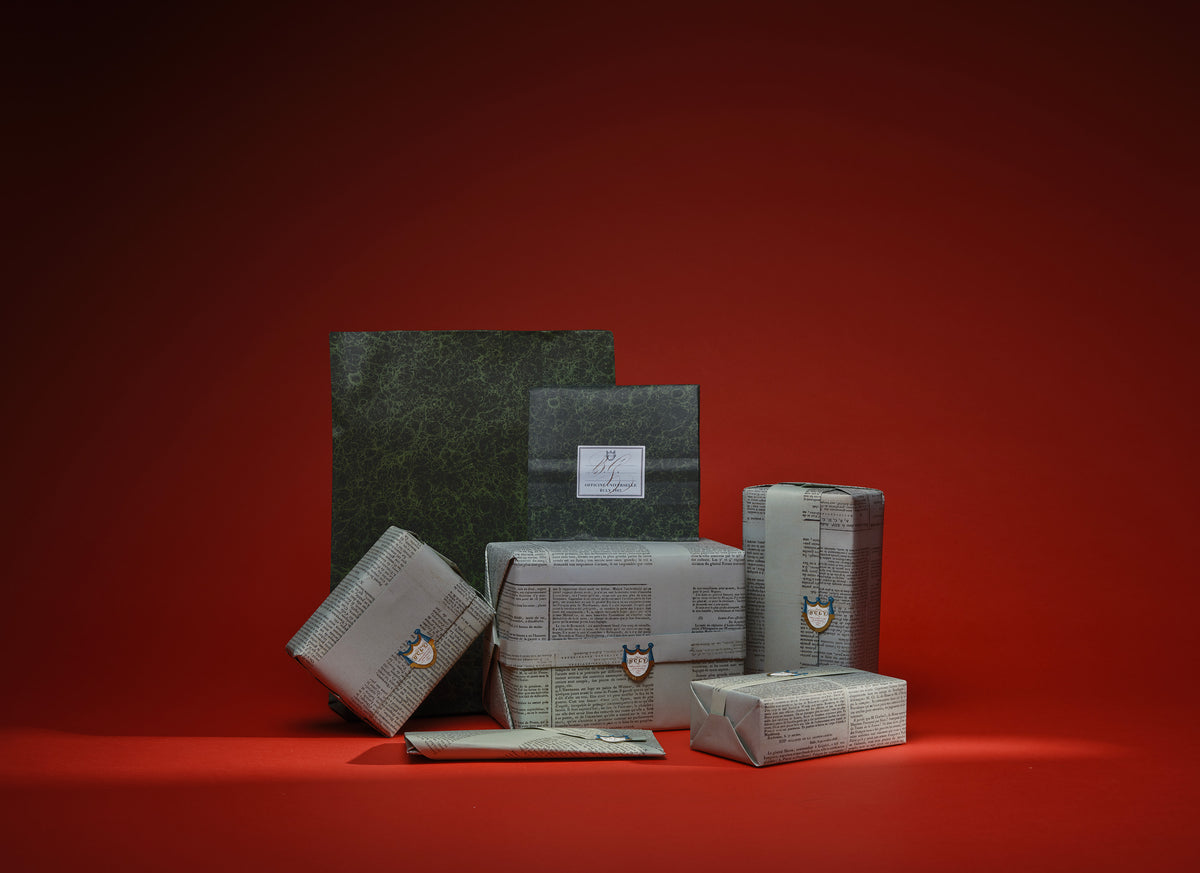
Select the products to be gift wrapped
These products are already gift-wrapped
None of the product in the cart are compatible with this service
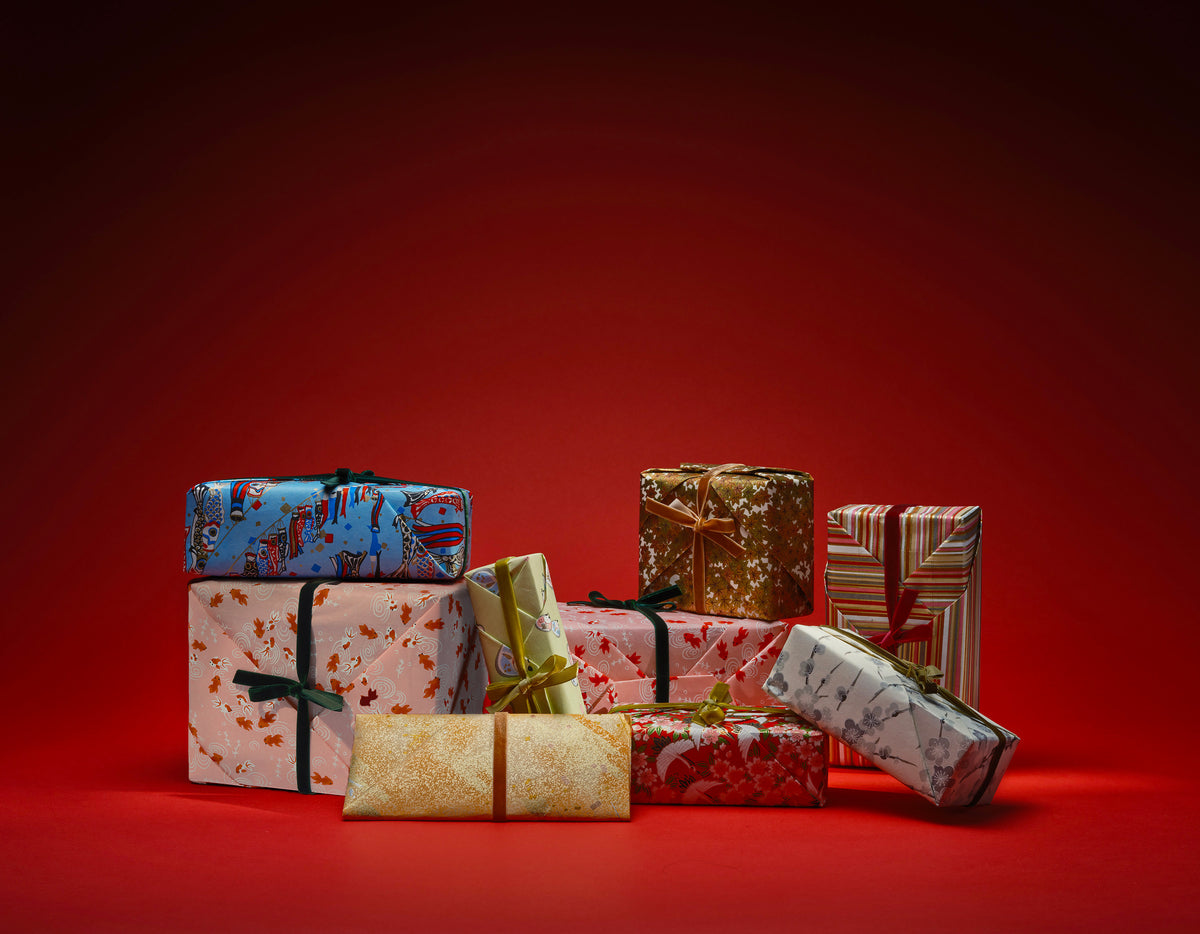
Select the products to be gift wrapped
These products are already gift-wrapped
None of the product in the cart are compatible with this service

Select the products to be gift wrapped
These products are already gift-wrapped
None of the product in the cart are compatible with this service
Every request will be respected as far as possible and the possibilities are great at Officine Universelle Buly.
Quantity :

Have your initials or those of the lucky recipient engraved in the heart of your Savon Superfin.
Have your accessory engraved with your initials, your name, or those of the person you’re gifting it to.
Have your initials or those of the lucky recipient of this gift engraved on the kit, the balm, the comb and on the toothbrush
Our bottles, candles and incenses are carefully packaged with handwritten calligraphy labels.
Our master calligrapher, armed with a quill and ancient ink pads, will create a wonderful bookplate on the title page.
We mail your calligraphic message directly to your recipient.
Please enter valid characters only
However, it seems that you are in Japan, would you like to switch to our Japanese website based in Tokyo?
Visit our StoreWe think you're in .
Update your delivery location?